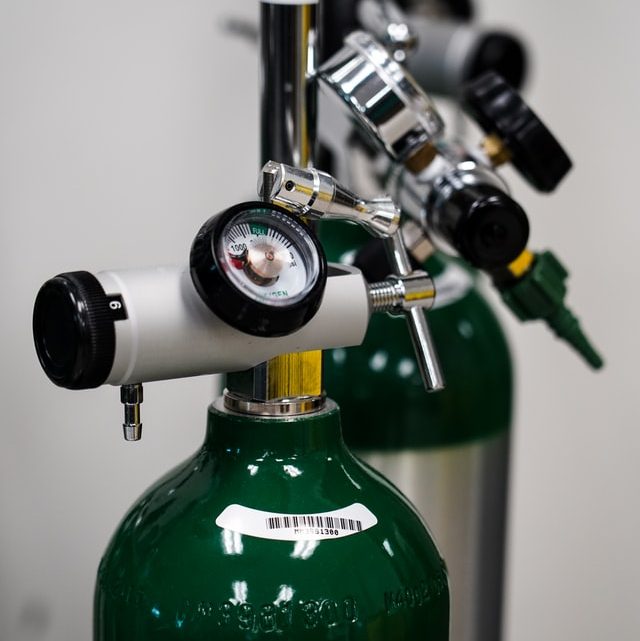3 Facts About Air Separation Systems
August 17, 2021An air separation system separates air and other gases into their component molecules. A basic air separation system will separate out oxygen, nitrogen and various inert gases. A fuel-air separation system will have a more complex separation process to separate air molecules and other vapors from the fuel an engine needs to burn. Here are three facts about air separation systems.
1. Primary Applications
One of the most common applications of air separation is in fuel air separation systems for diesel engines. There are many benefits to using a fuel-air application system, including reduced emissions, extended injector life, improved fuel economy, a quieter engine, stronger RPM range pulling power and better torque, horsepower and throttle response. Air separation is also utilized in the production of ammonia and steel and in inerting gas and gasifying coal.
2. Types and Sizes
There are a few different types of air and fuel air separation systems available. The one you use will depend entirely on what you need it for. Fuel air separation systems for diesel engines are sized for specific vehicles’ engines, but there may also be universal kits available, with variously sized components for you to fit your vehicle’s engine and fuel tanks yourself. Fractional distillation is the most commonly used industrial method, but there are also other methods utilizing temperature and pressure changes. Cryogenic distillation cools air until it becomes a liquid and then separates out each component gas at its boiling point. Pressure and vacuum pressure methods pressurize air rather than liquifying it.
3. Maintenance Needs
An air separation system has very specific maintenance requirements for it to continue working at optimum levels. Because an air separation system is focused on gaseous molecule separation, it isn’t particularly well-suited to separating out molecules in liquid or solid states. This means the system is at risk of liquid and solid contaminants building up. An air separation system may only require regular monitoring and inspection due to only working with gases and having a comparatively low risk of contamination. On the other hand, a fuel-air separation system will require the installation of a filter and regular cleaning to remove dirt, moisture, microorganisms and other contaminants that may enter the diesel fuel.
An air separation system or a fuel-air separation system can better refine your gas or fuel by helping you separate out a gas’s component molecules. Using one of these systems can improve the quality of the substance you’re trying to produce or improve the efficiency of your fuel.



